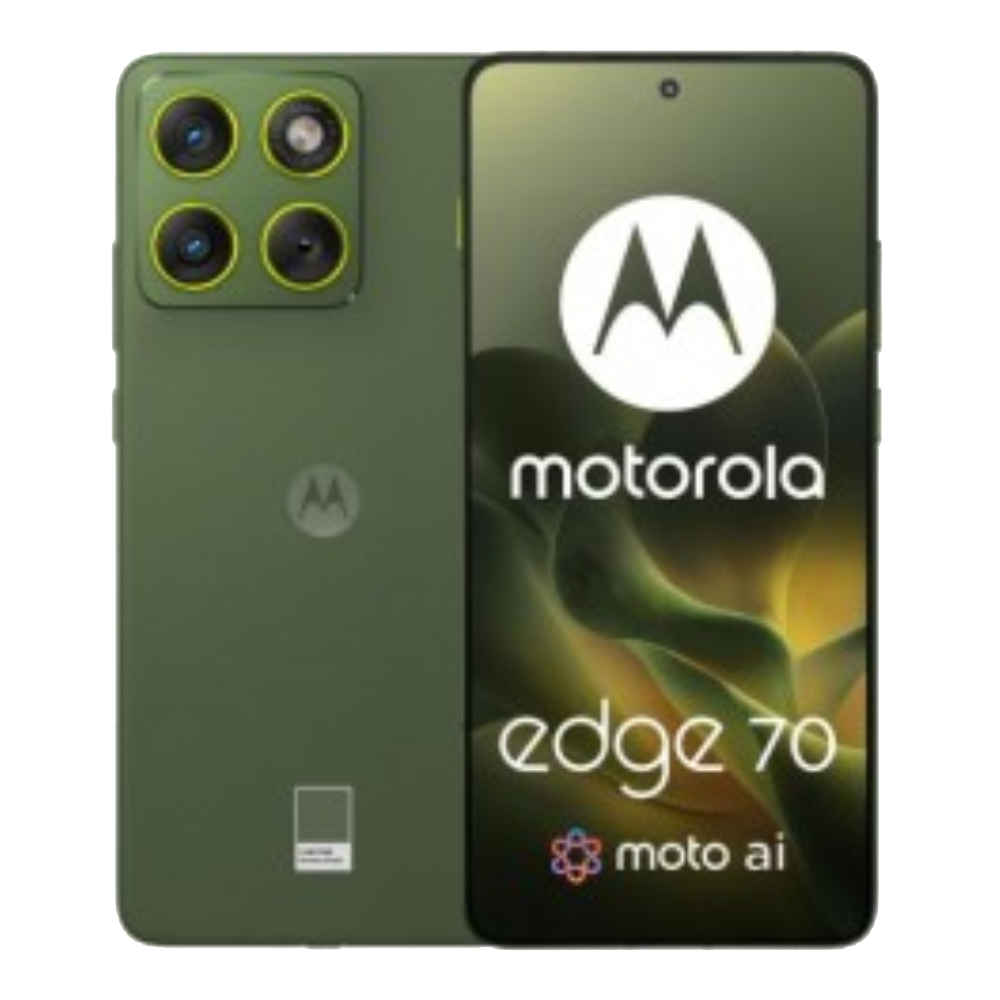
Beebom
Rating7
The Lava Agni 4 is a promising midrange phone that wins you over with its sharp, stylish looks and bright but beautiful display. It brings a lot of improvements, like the improved performance, upgraded cameras, and 4K 60 FPS recording, both front and back. But the OS needs more polishing, as it lets down the entire experience. The cameras are just average, and the speaker and haptics are just not great. Overall, it is a good phone for the price, but certainly far from the best.
Pros
Premium and sturdy design
Sharp and smooth AMOLED display
Clean, bloat-free OS
Good battery life and fast charging
Capable performance
Cons
Average ultra-wide camera
UI needs polishing
Underwhelming speakers and haptics
The Lava Agni series has quietly built a reputation for itself over the last couple of years by offering a clean software experience and good performance without paying the brand tax. The story continues with the new Lava Agni 4, which boasts impressive specs and a sharp design. So is this "the best phone under Rs 25,000" or are there any hidden catches? I will answer all that in this Lava Agni 4 review.
Lava Agni 4 Unboxing
Before I get started with the Lava Agni 4 review, let's have a look at what do you get inside the box:
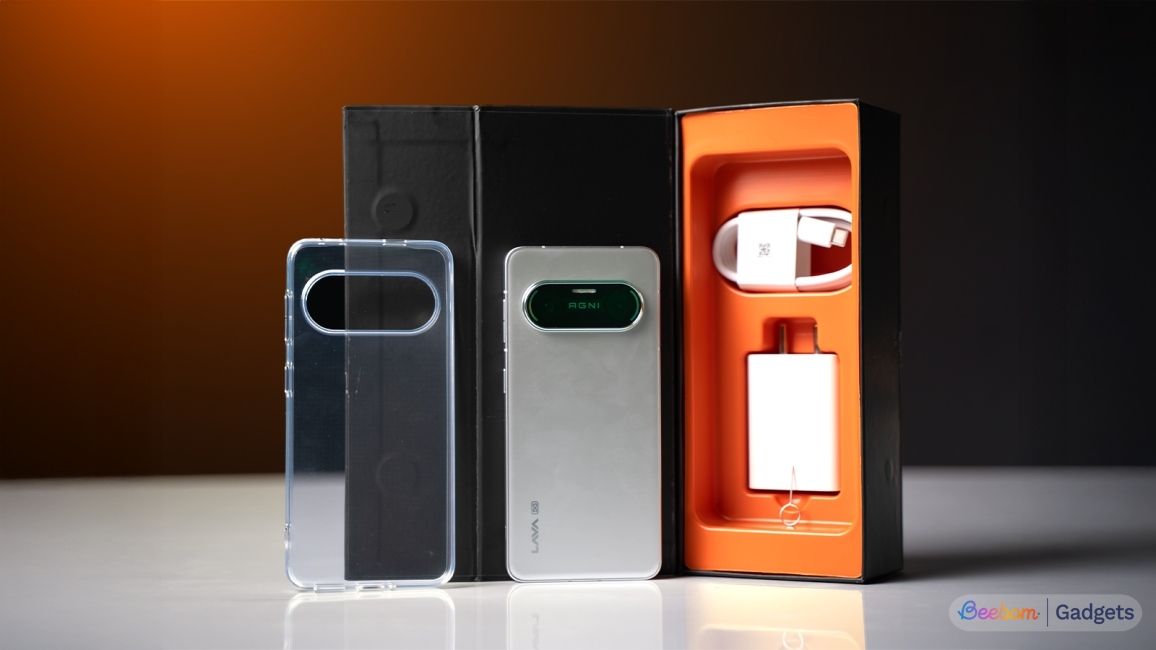
- Lava Agni 4 smartphone
- Transparent silicone case
- 66W charging adapter
- USB Type C to C cable
- SIM Ejector tool
- Paperwork
Lava Agni 4 Key Details
- Mali G615-MC6
- 1.5K AMOLED
- SDR
- 256GB (UFS 4.0)
- Samsung S5KJN1
- 4k@60fps
- 66Watt (wired)
OIS
4K@60fps
- AG Glass (Back)
- Metal Frame (Side)
- IP64 (Dust and Water Resistant)
- 3 year(s) of OS Update
Lava Agni 4: Build and Design
- 160.68 x 75.34 x 8.60mm, 208 grams weight
- Aluminium frame, glass back, Super Anti-Drop Diamond frame structure
- IP 64 dust and water protection, USB Type-C 3.2
Lava has hit it out of the ballpark with the design of the Agni 4. It screams premium from every angle, with a sleek metal frame, a matte AG glass back that does not attract many fingerprints, and an overall clean look that feels like Lava making a statement that, "Yes, we can make premium phones too".

This is one of the better-looking smartphones I have reviewed in the Rs 20,000–30,000 segment, apart from the Moto Edge 60 Fusion. The in-hand feel is good, as the phone does not feel too bulky or wide. I am generally not a fan of boxy design, but the slightly curved back of the Agni 4 made it much more comfortable to hold.

The build quality feels solid and well-made. Lava has thrown in an IP 64 rating for protection against dust and water splashes, just for good measure. The redesigned camera module looks modern, like the new Pixel 10, without screaming for attention. Overall, I can tell Lava has put a lot of attention into the design of the Agni 4, and it genuinely feels like it belongs above its price.
Lava Agni 4: Display Quality
- 6.67-inch (1220 x 2712) 1.5k AMOLED Display
- 120 Hz refresh rate, HDR 10+ supported, 10-bit panel, Gorilla Glass 5 protection
- 1920 Hz PWN dimming, 2400 nits peak brightness
If you liked the design, wait till you hear about the display. The Agni 4 features a 6.67-inch 1.5K AMOLED display. This one is a crisp panel that is as good-looking as it gets for the price. Watching content on this screen was a treat during my review period as it offered vibrant colours, deep blacks, and enough brightness to keep things visible outdoors.
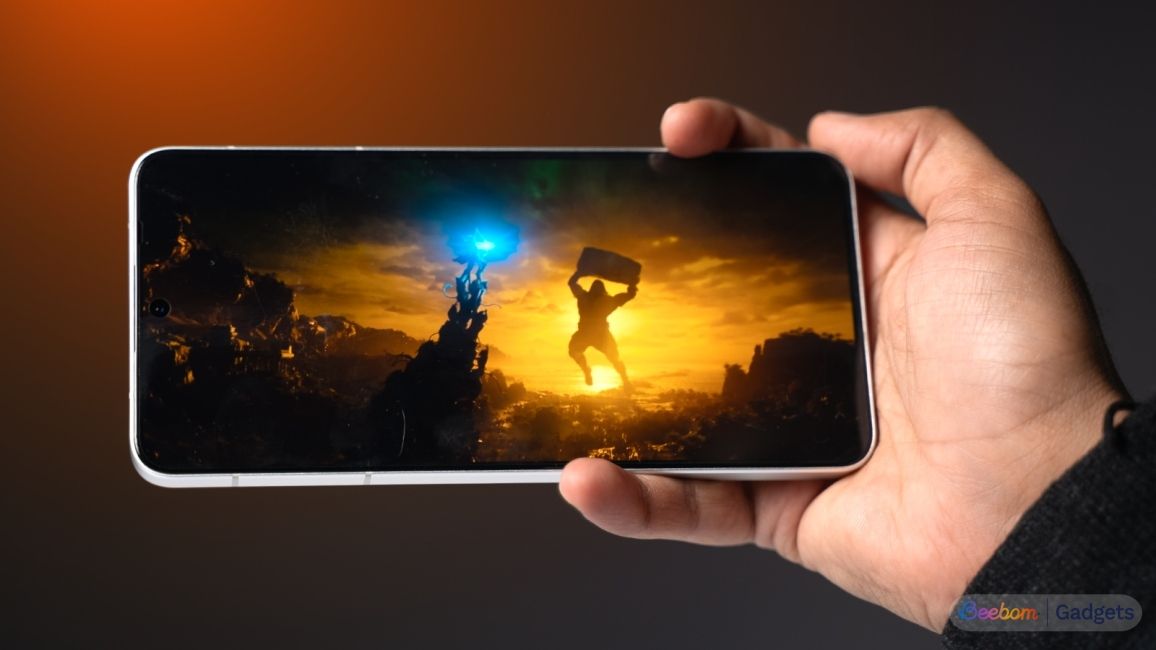
Even the scrolling feels snappy on this 120 Hz panel, and the bezels are also very thin on all sides. However, the stereo speaker experience is a letdown. They are louder than the Lava Agni 3, but have a gargle effect as if there's water in them. It spoils the multimedia experience unless you are listening on your earbuds or Bluetooth speakers.
The haptics are downgraded as well. It has a buzzing effect that you might find on old budget phones, and it is very unpleasant to use. So I turned it off after my first day of using the Agni 4.
Lava Agni 4: Performance Tested
- MediaTek Dimensity 8350 (4nm), Mali G615 MC6 GPU
- 8 GB LPDDR5X RAM + 256 GB UFS 4.0 storage
The Agni 4 is powered by the MediaTek Dimensity 8350 (4nm) processor. This is a popular chipset in the category, since it offers impressive performance, as you can see in the benchmark results below.

Paired with LPDDR5X RAM and UFS 4.0 storage, the Agni 4 holds its own in day-to-day use. Apps open fast, multitasking is smooth, and the OS feels responsive. However, the phone doesn't live up to the mark in gaming. BGMI offers 60 FPS at the Smooth graphics settings, and Call of Duty: Mobile runs at 90 FPS at the lowest preset.

This is not bad, since the games run well and even after 3–4 matches, there were no abrupt frame drops. But the Dimensity 8350 can offer better FPS in these games, as we have seen in other phones with the same chipset, like the Moto Edge 60 Pro and the OnePlus Nord CE 5.
Heavier titles like Genshin Impact and Weathering Waves suffer serious frame drops at 60 FPS, going as low as 45 FPS during my testing for this review. So, the Lava Agni 4 is certainly not the best gaming mobile phone under Rs 25,000, but it's still a capable device that can handle some casual gaming.
Lava Agni 4: Software and Updates
- Android 15 with Vayu AI Features
- Up to 3 major Android updates, 4 years of security patches
The biggest selling point for Lava Agni 4 right now is its clean, bloatware-free OS, which is a rare sight in this segment. However, the phone comes with Android 15 out-of-the-box, which is already a year old at this point. If that isn't disappointing enough, I also did not feel satisfied with the software experience of the Lava Agni 4 during the review period.
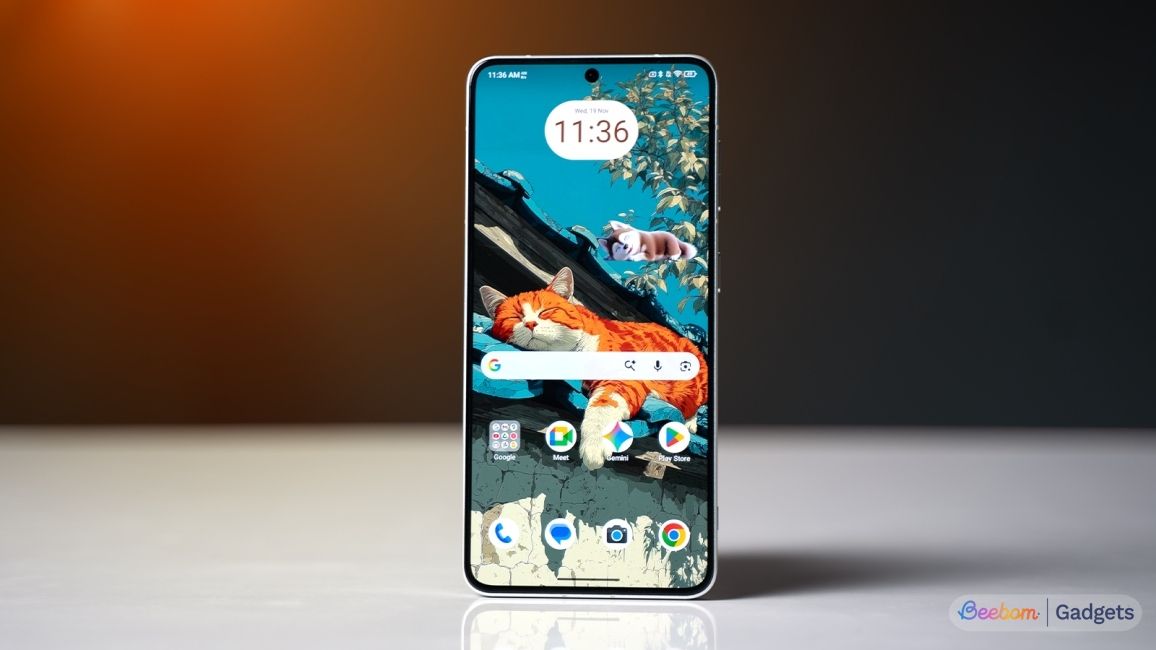
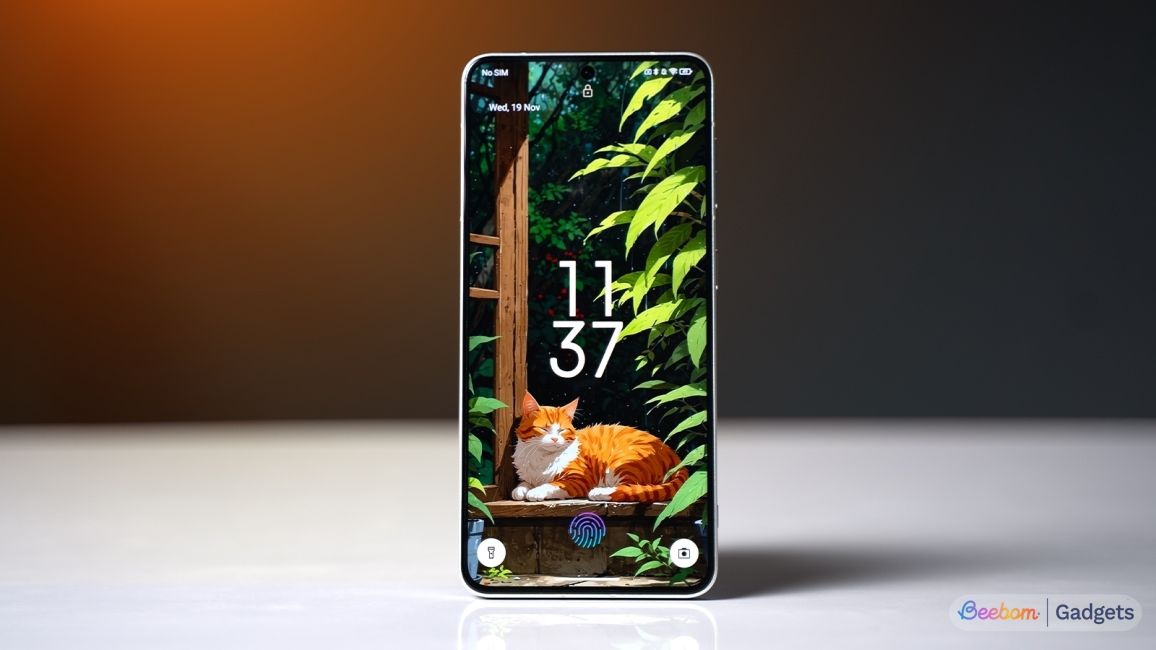
It is usually smooth, but I have noticed some stutter and lagging animations when opening an app or closing one. Lava has also included a handful of AI features, like a cute pet dog widget, which is actually an AI assistant that can help with every query. But these AI features feel poorly executed, as the dog wouldn't listen sometimes, and other features, like the circle to search feature, wouldn't even work at all.
Lava Agni 4: Camera Reviewed
- 50 MP (main), f/1.88, 23mm, 1/1.55", OIS, up to 4K at 60 FPS recording
- 8 MP (ultrawide), f/2.2, 15mm, 112˚, up to 1080p at 30 FPS recording
- 50 MP (selfie), f/2.5, up to 4K at 60 FPS recording
Lava omits a telephoto sensor this time, but upgrades to a better primary and selfie camera. So, how are the photos?
The main camera takes crisp, balanced photos in daylight with a decent amount of detail. It handles HDR quite well, and the shots come off looking nice. However, the images are inconsistent, and the colour tuning is off, too, as there's a weird pink tint in some of the images. At night, the same details get softer, and exposure blows out of the park. These are still usable photos, but definitely not the best.


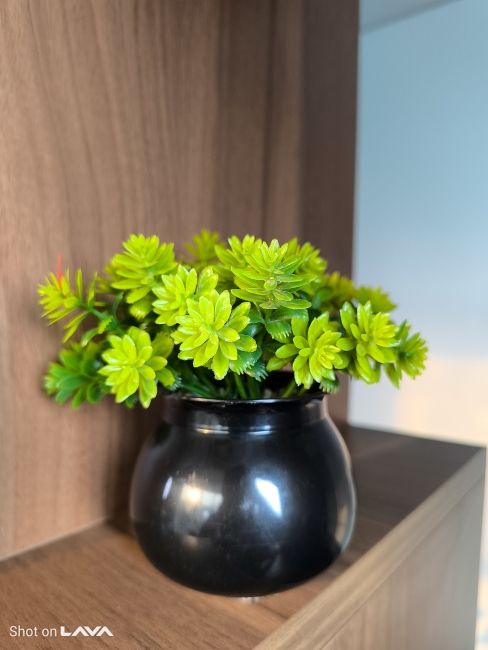


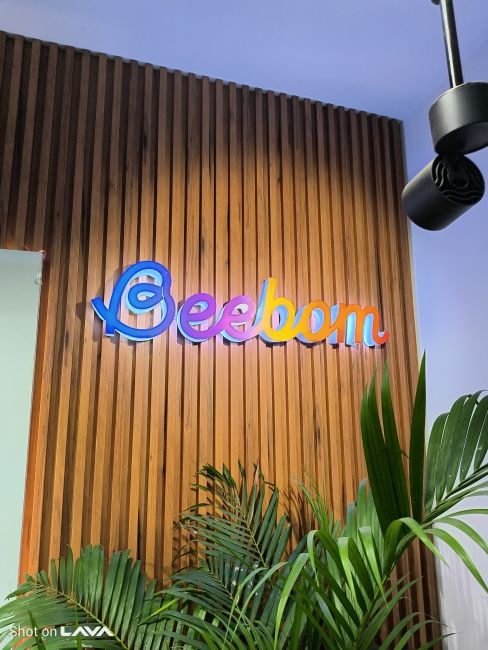
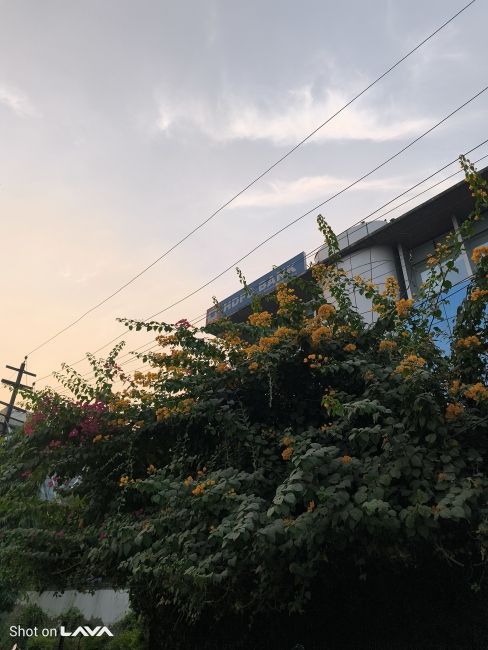


On the other hand, portrait photos actually look good with enough details, accurate cutouts, and a neat bokeh effect. The ultrawide camera also takes well-rounded photos, which let you take some scenic shots, but the colour tuning is messed up like on the main lens.


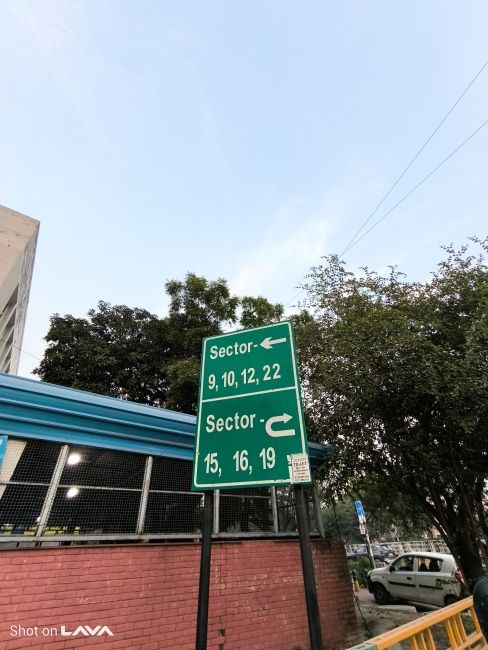
I had high expectations from the 50 MP front camera, but it did not live up to the mark. The selfie shots are decent at best, with okay-ish skin tones. But it only captures nice photos in well-lit conditions. In low-light situations, there's a visible white tint in the images, and it botches the colours and tones.



That being said, it is still a decent camera setup if you are into vlogging, as the Lava Agni 4 is the only phone to offer 4K 60 FPS recording from front and back cameras in this price range. The ultrawide lens can only shoot at 1080p at 30 FPS.
Lava Agni 4: Battery and Charging
- 5000 mAh battery capacity
- 66W wired charging, 50% charge in 19 minutes
The Agni 4 packs a 5000mAh battery, combined with the efficient 4nm chipset, and it can go all day long without seeing a charger. When you do put it to charge, the provided 66W adapter can top up the phone from 0-100% in about 45–50 minutes. It's not the best battery mobile phone, but it is enough for many people's usage.
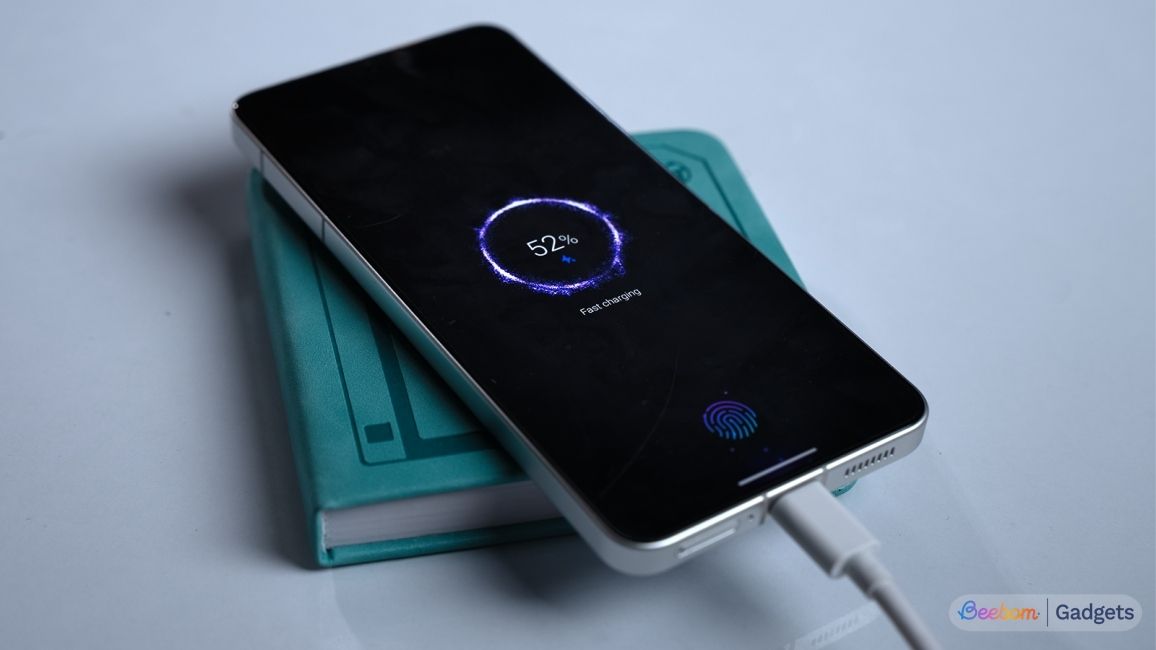
Bottom Line: Should You Buy the Lava Agni 4?
The Lava Agni 4 is a smouldering hot-looking phone, but it burns in the fire of its own problems. On one hand, it has the premium looks, sharp display, excellent processor, and good cameras backing it up. But the unoptimized software, speakers, and the poor haptics fumble the overall experience of this phone.
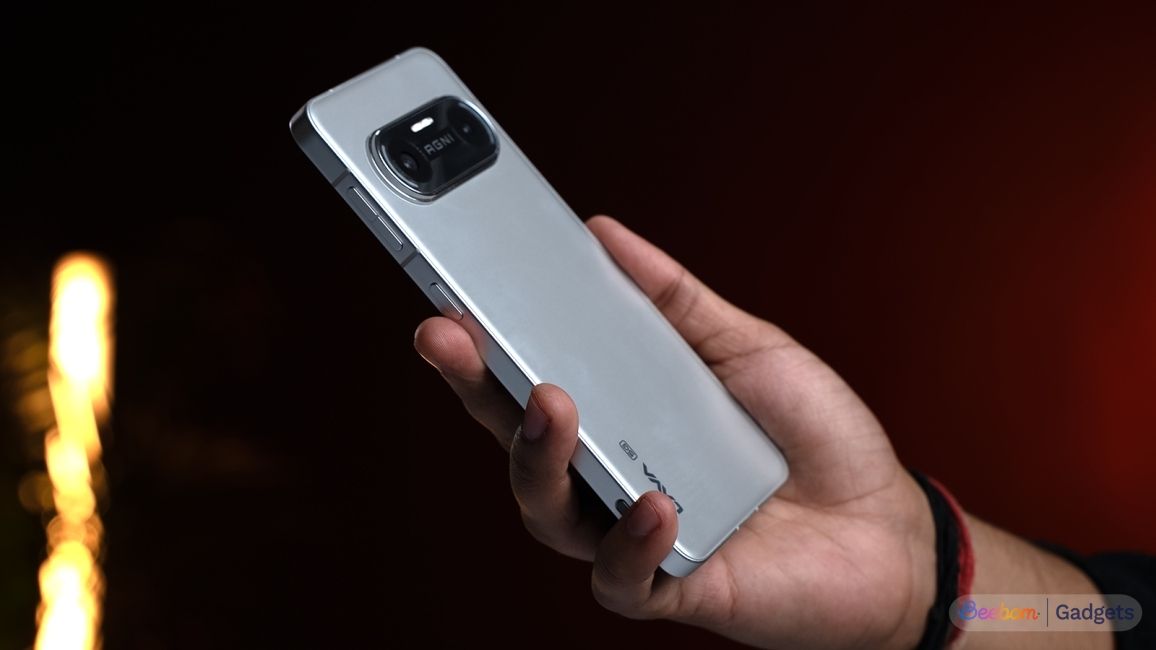
It has potential, but Lava needs to fix a lot of things first. Like update the phone to Android 16, higher FPS support for games, and improve the camera quality. The Agni 4 is launching at Rs 24,999, and at that price, it is not a bad smartphone. But there are other good alternatives too, like the POCO X7 Pro, iQOO Neo 10R, and Realme P3 Ultra, to name a few.




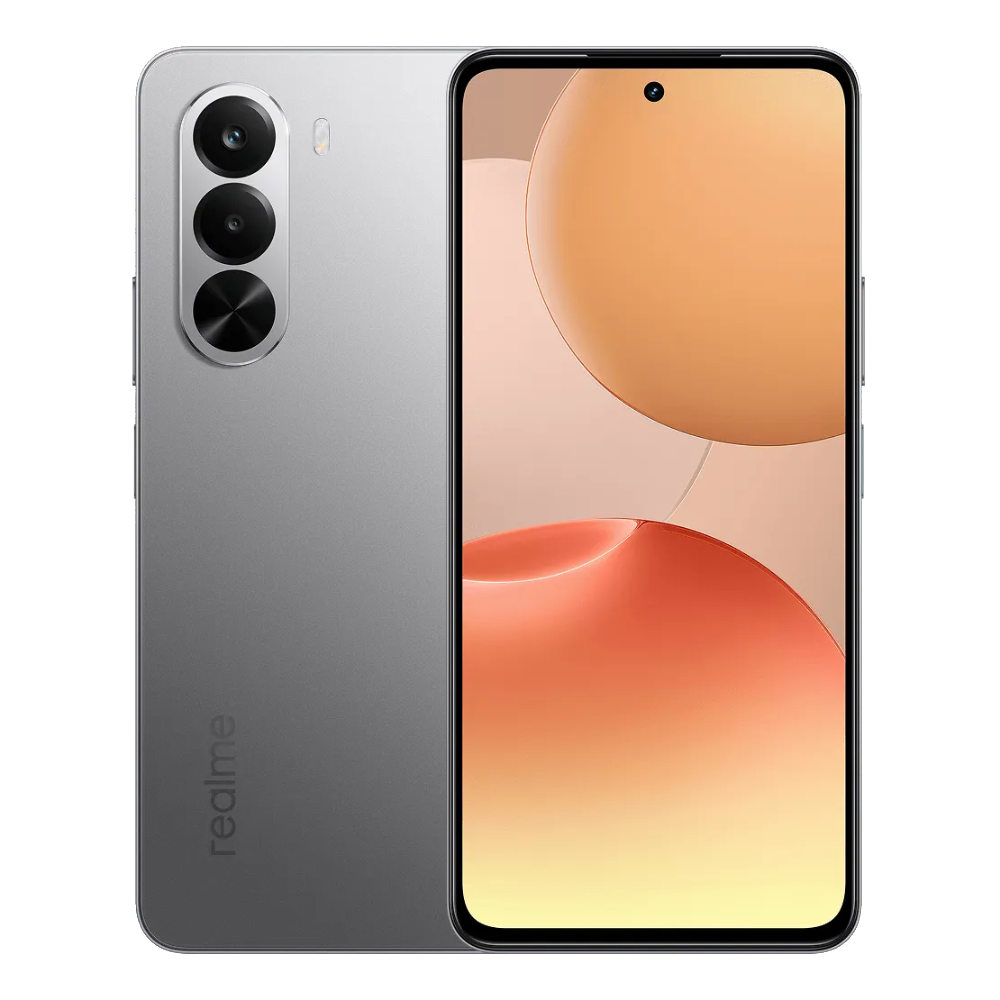

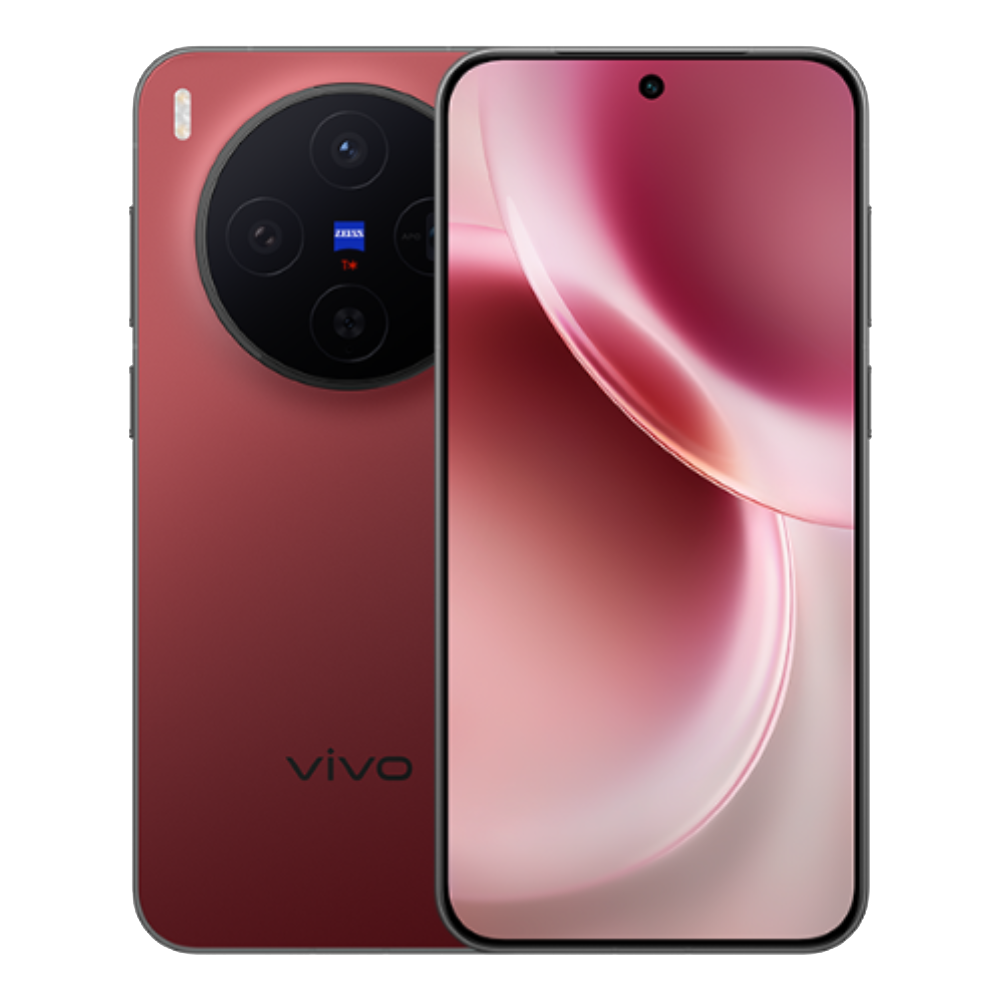

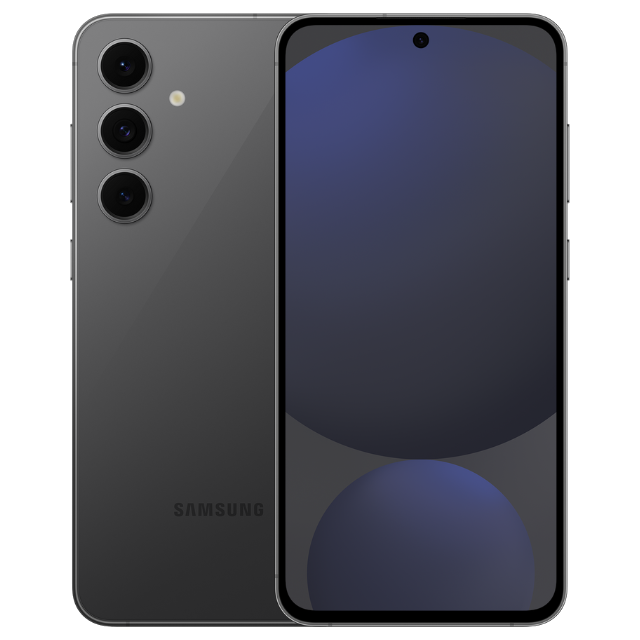


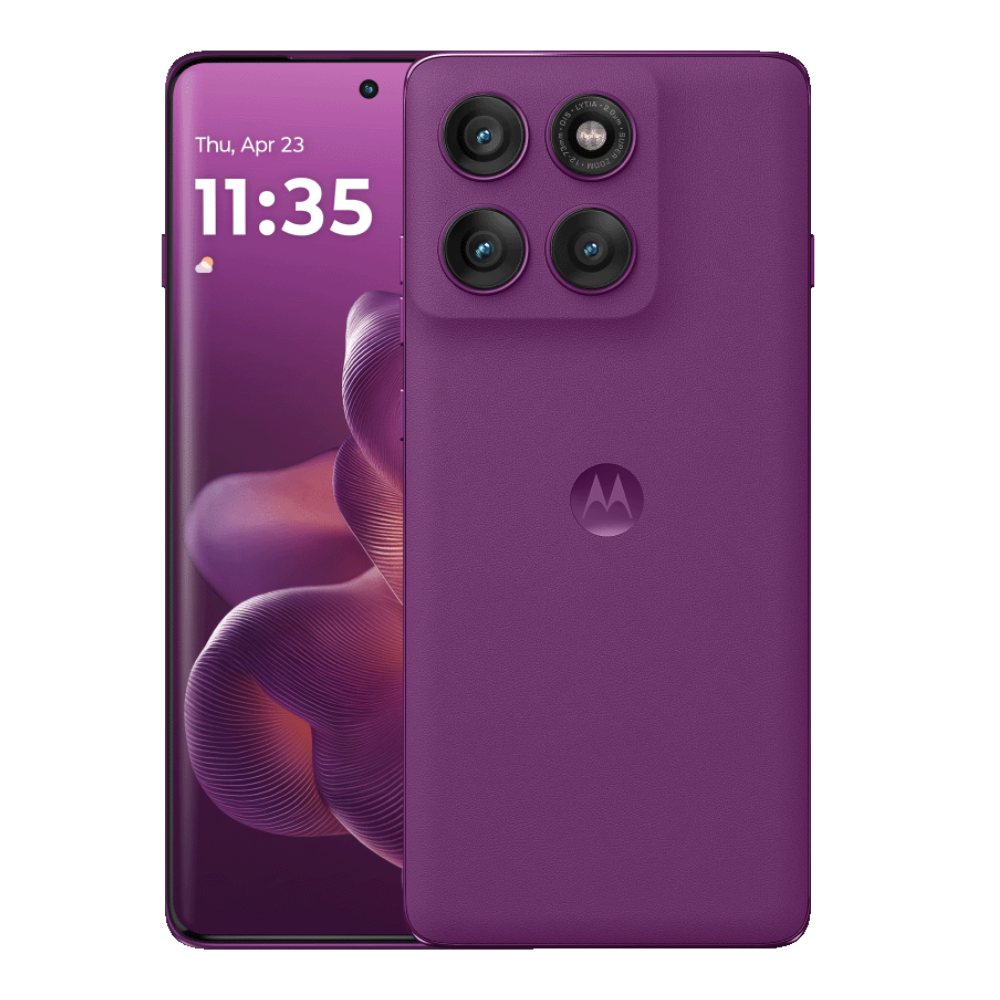
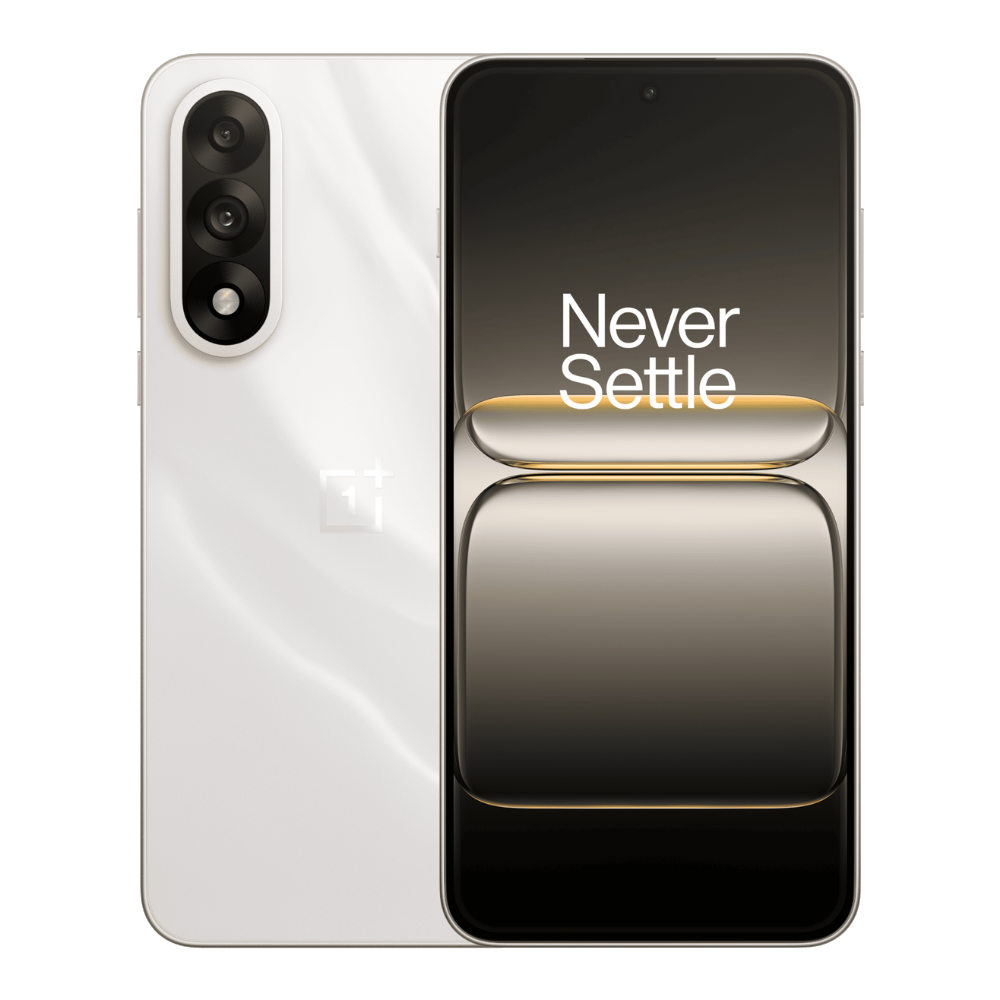

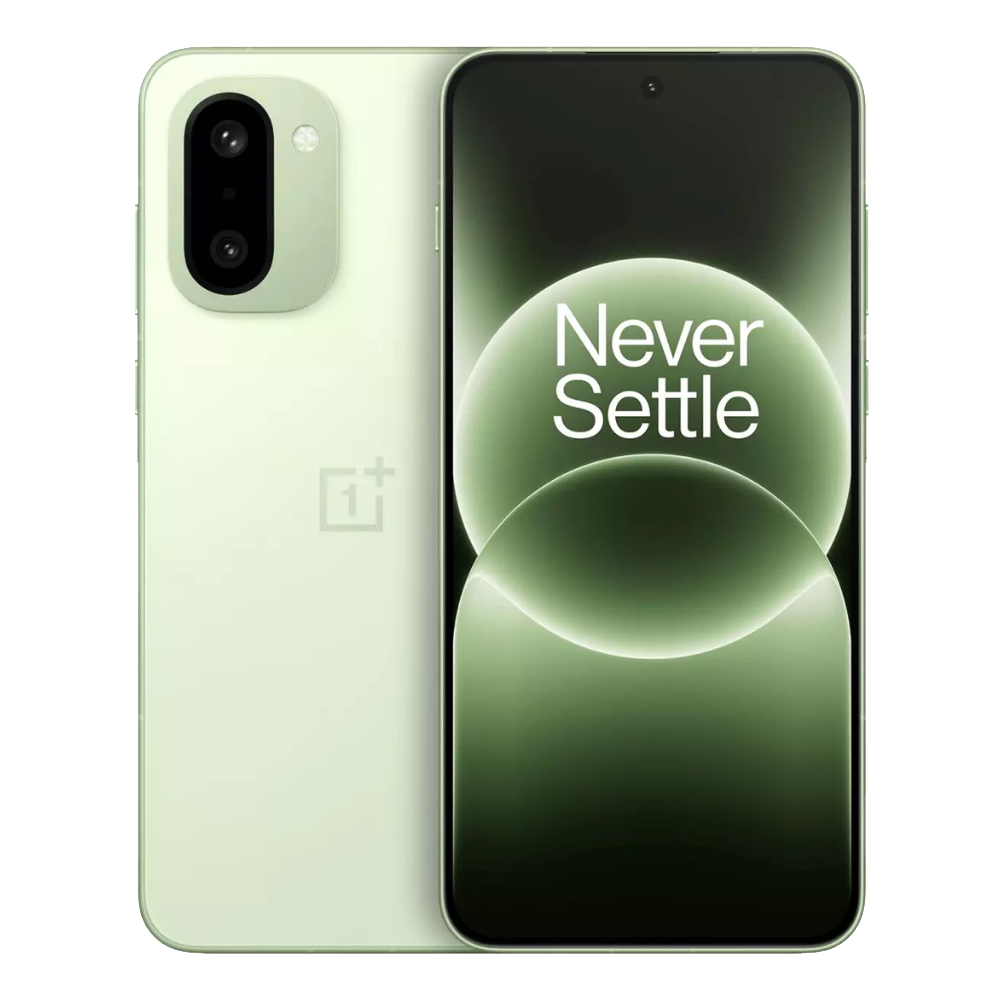
.png)

